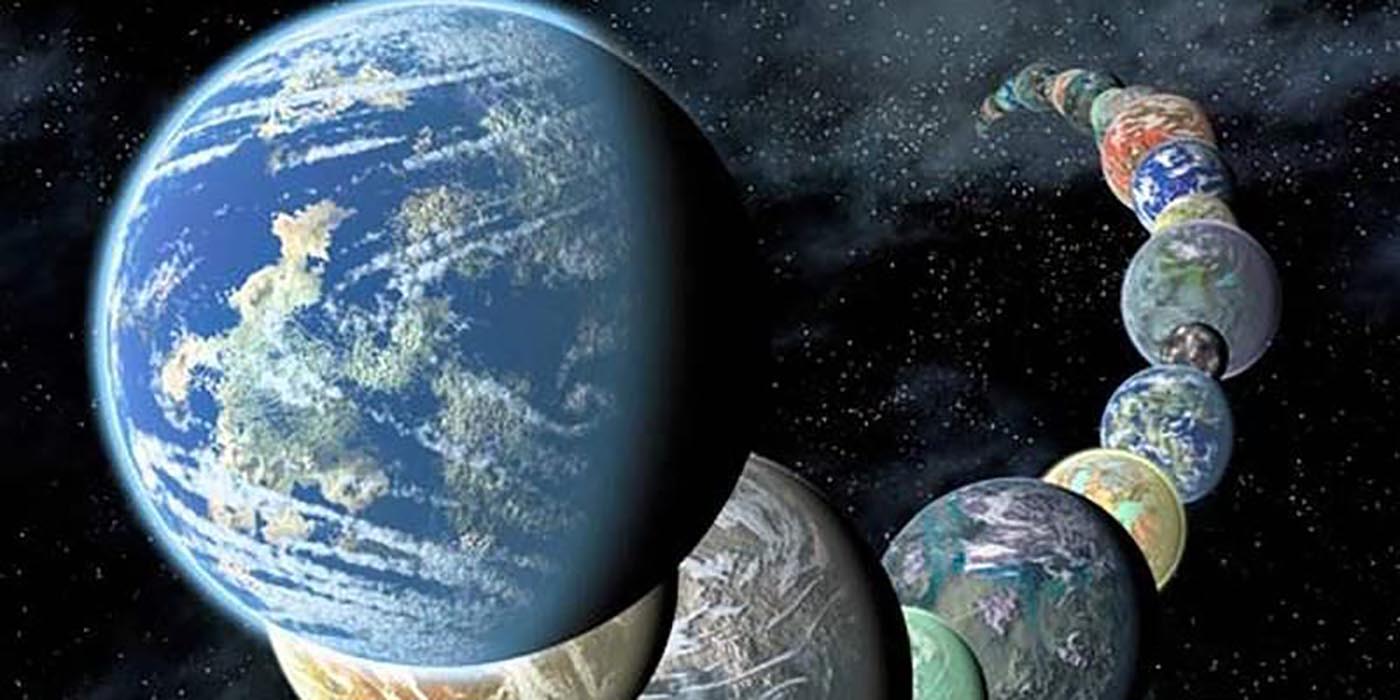Meet the Neighbors: Planetary Systems Orbiting Nearby Stars

Tags: Exoplanets, Astronomy, Silicon Valley Astronomy Lecture Series, TESS, Outreach
Time: Wednesday, Nov 13, 2019 -
Location: Los Altos, CA
in the Smithwick Theater at Foothill College, in Los Altos. The talk is part of the Silicon Valley Astronomy Lecture Series at Foothill College, now in its 20th year. The NASA Kepler mission revealed that our Galaxy is teeming with planetary systems and that Earth-sized planets are common. However, most of the planets detected by Kepler orbit stars too faint to permit detailed study. The NASA Transiting Exoplanet Survey Satellite (TESS), launched in 2018, is finding hundreds of small planets orbiting stars that are much closer and brighter. Dr. Dressing will describe the TESS mission and explain how analyses of the TESS planets will allow us to probe the composition of small planets, investigate the formation of planetary systems, and set the stage for the next phase of exoplanet exploration: the quest for the signatures of life in the atmospheres of strange new worlds.
Courtney Dressing is an Assistant Professor of Astronomy at the University of California, Berkeley. She is an observational astronomer focused on detecting and characterizing planetary systems. Her research group uses telescopes on the ground and in space to search for planets, determine their orbital parameters, measure their masses, and constrain their bulk compositions. She is curious about planet formation and evolution, the frequency of planetary systems in the Galaxy, and the prospects for detecting life on planets outside of our Solar System. In 2019, she was awarded a Sloan Research Fellowship, a Hellman Fellowship, and a Packard Fellowship.
Foothill College is just off the El Monte Road exit from Freeway 280 in Los Altos.
For directions and parking information, see: foothill.edu/parking.
For a campus map, see: foothill.edu/map.
The lecture is co-sponsored by:
- The SETI Institute
- The Foothill College Physical Science Division
- The Astronomical Society of the Pacific
- NASA’s Ames Research Center.
We get large crowds for these talks, so we ask people to try to arrive a little bit early to find parking. The lecture and parking in Lot #1 at the college are both free.
Past lectures in the series can be found on YouTube at http://www.youtube.com/SVAstronomyLectures
